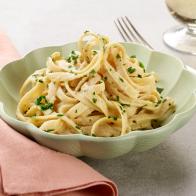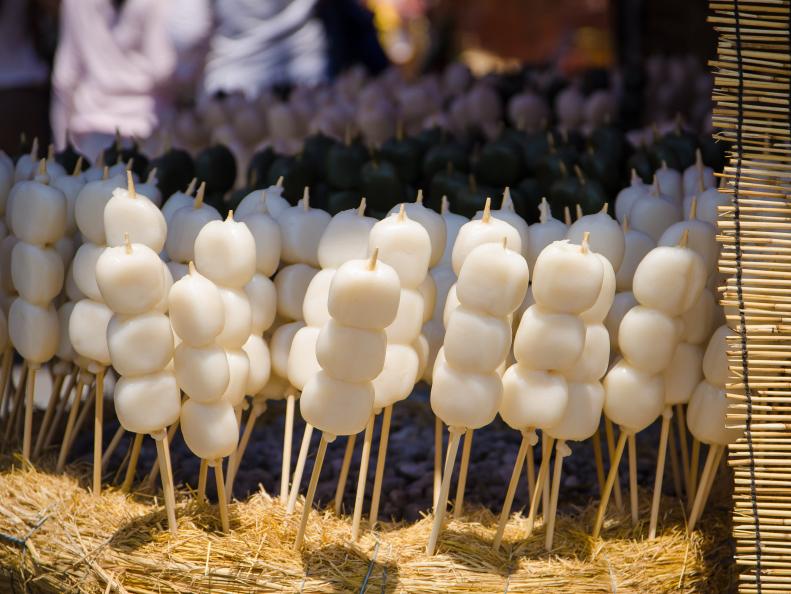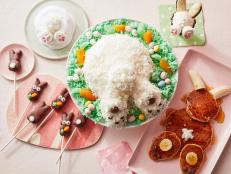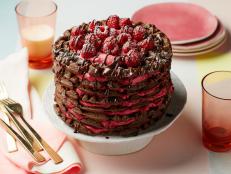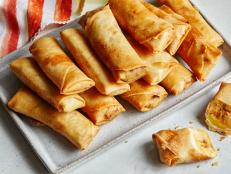All the Ways You Can Eat Mochi
When you think of the mochi, the first thing that comes to many minds, at least in the U.S., is probably the chewy sweet snack stuffed with filling or ice cream. But there are so many more ways to enjoy it.
Mochi is made from glutinous, short-grain rice, and to achieve its iconic texture, the rice is steamed and repeatedly smashed with traditional hammers or with the help of modern machinery. The pounding motion adds air bubbles to the dough, which creates its unique texture. As it’s heated up, it can transform into other textures.
Mochi is a traditional Japanese food, with origins in China and Southeast Asia, that can be eaten year-round, but is especially eaten in celebration of the New Year. There are many types of mochi ranging from traditional to more modern and fusion variations. Whether you’ve been eating it all your life, and curious to see if you’ve been missing out on something, or itching to try it for the first time, here’s your guide to some of the most popular ways to eat mochi.
